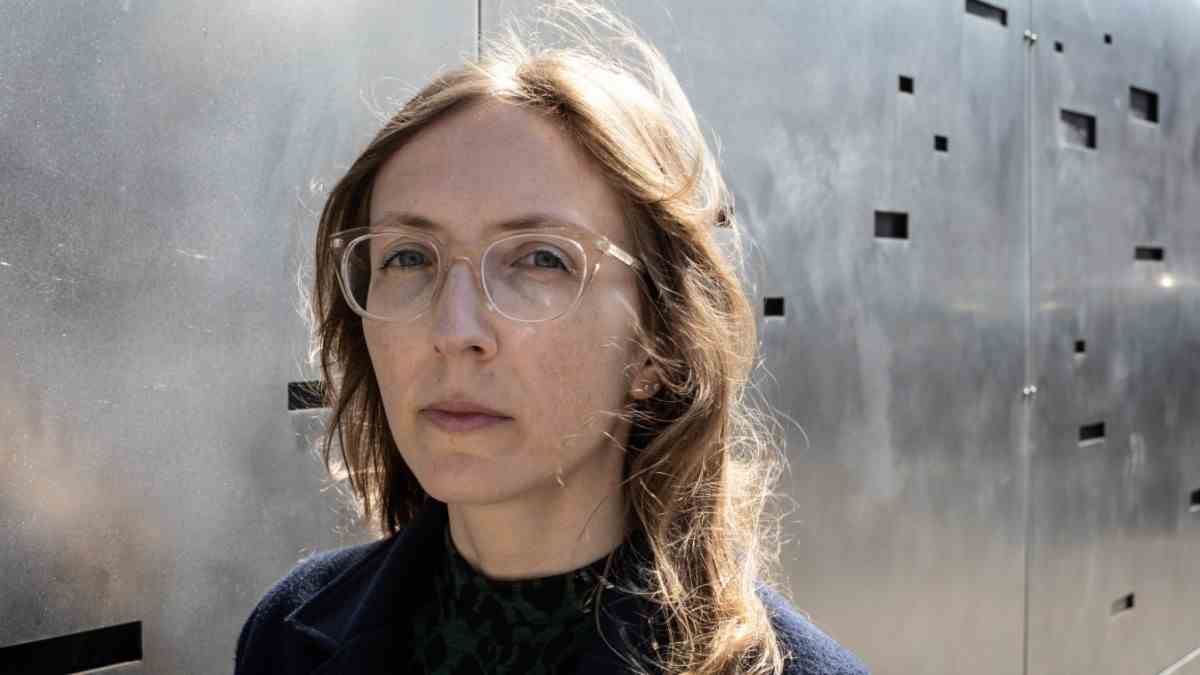One could write “Confessions of a Free Jazz Listener” about this column. Apart from the pretentious reference to literature, that would suit the subject well, because there is something intoxicating in this music that is just as difficult to understand as the effect of opium in Thomas de Quincey’s autobiography. Access is made easier if you first correct a historical error. The pioneers and contemporaries of free jazz For a long time it was no longer about overturning the rules of well-tempered music theory. After the Big Bang, free jazz was an experiment in communication in the context of the abstract arts. Above all, the moments when the musicians find the “pulse”, that state in which the improvisations have a common flow and thus jump over to the listeners. That rarely works on disk. But four albums have just been released that provide evidence to the contrary. Mainly because the boundary between improvisation and composition is a cultural construct.
In recent years, the duo has shown just how much free music can sweep away an audience that gets involved in such a concert without any prior training or expectations Binker & Moses demonstrated. The two are very clearly inspired by the gold standard of free duo play, which the Saxophone god John Coltrane and drummer Rashied Ali on the Interstellar Space album. hard stuff. In recent years, however, tenor saxophonist Binker Golding and drummer Moses Boyd have repeatedly played in London’s clubs, lofts and halls, where jazz has worked its way out of its niche and into nightlife. And because literally anything goes there, sparks weren’t usually an issue either.
“Feeding the Machine” by Binker & Moses
(Photo: Gearbox)
For their new, already fifth album “Feeding the Machine” (Gearbox) they brought a third one into the studio. Max Luthert is actually a bassist, but in this case works as a “sound designer”. It’s the new job title that musicians use to sell their increasingly complex craft because playing an instrument doesn’t bring in as much money in electronic media. On this album, however, Luthert shows what that can be. With tape loops and effect devices, he manipulates the free improvisations of the two with the feeling of a musician who has made the sound itself his instrument. In this way, an art form that is already out of date (Coltrane and Ali recorded their album in 1967) has become a very contemporary affair. Including the odd monster beat and an electronic understanding of sound fermented somewhere deep in London clubs.
“Fragile” by Ingrid Laubrock + Andy Milne
(Photo: Intact)
The saxophonist points out that free improvisation does not necessarily mean that harmony and rhythm are chopped up, but on the contrary can be a way to pulse Ingrid Laubrock been on their duo albums for a while. She has teamed up with pianist Andy Milne for the latest in a long series. The way the two elicit completely new sounds from the grand piano and the saxophone in “Fragment”, for example, shows how far they dare to venture. They dose their experiments with sensitivity. It’s not just every note that counts, but every overtone, every background noise. Nothing seems random, which is why all ten pieces have a pulse that is determined by a sense of beauty. “Fragile” (Intact) is thus one of the best examples of the fact that compositions do not necessarily have to be recorded on sheet music.
“Amaryllis” by Mary Halvorson
(Photo: Nonesuch)
At the guitarist Mary Halvorson Free improvisation and fixed forms combine to create a masterpiece on their two new albums. You can call her a genius without any superlative suspicion. In 2019 she received a MacArthur Fellowship, the so-called “Genius Award”. High bar. Clearly skipped. What’s more, the project began in the loneliness of the lockdowns of 2020. This has now resulted in a two-part masterpiece that has appeared on the albums “Amaryllis” and “Belladonna” (Nonesuch). On “Amaryllis” she works with a jazz sextet and a string quartet, who play their way through a grandiose course of motifs, free spaces and arcs of tension. It covers a lot from post-bop to theatrical anthems to contemporary chamber music, but precisely because it all comes together as a unit, the album is such (yes, let’s do it again) a stroke of genius. On “Belladonna” she plays alone with the string quartet. How the free guitar and the through-composed passages of the strings find a “pulse” is at times a startling entanglement of two forms that are otherwise about as far apart as two particles at opposite ends of the time-space continuum. Quantum Jazz. With all the jumps that lie in the metaphor. You can guess what elation the musicians must have had in the studio.

